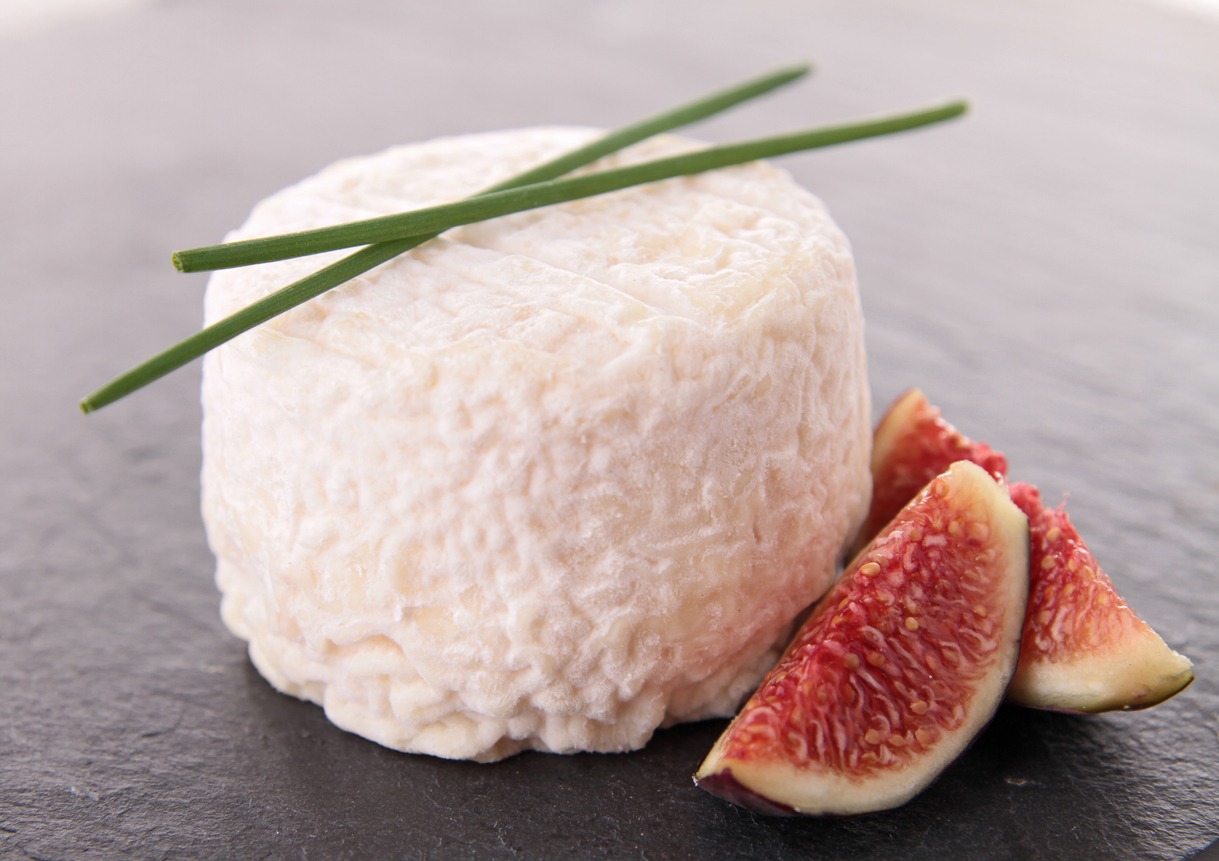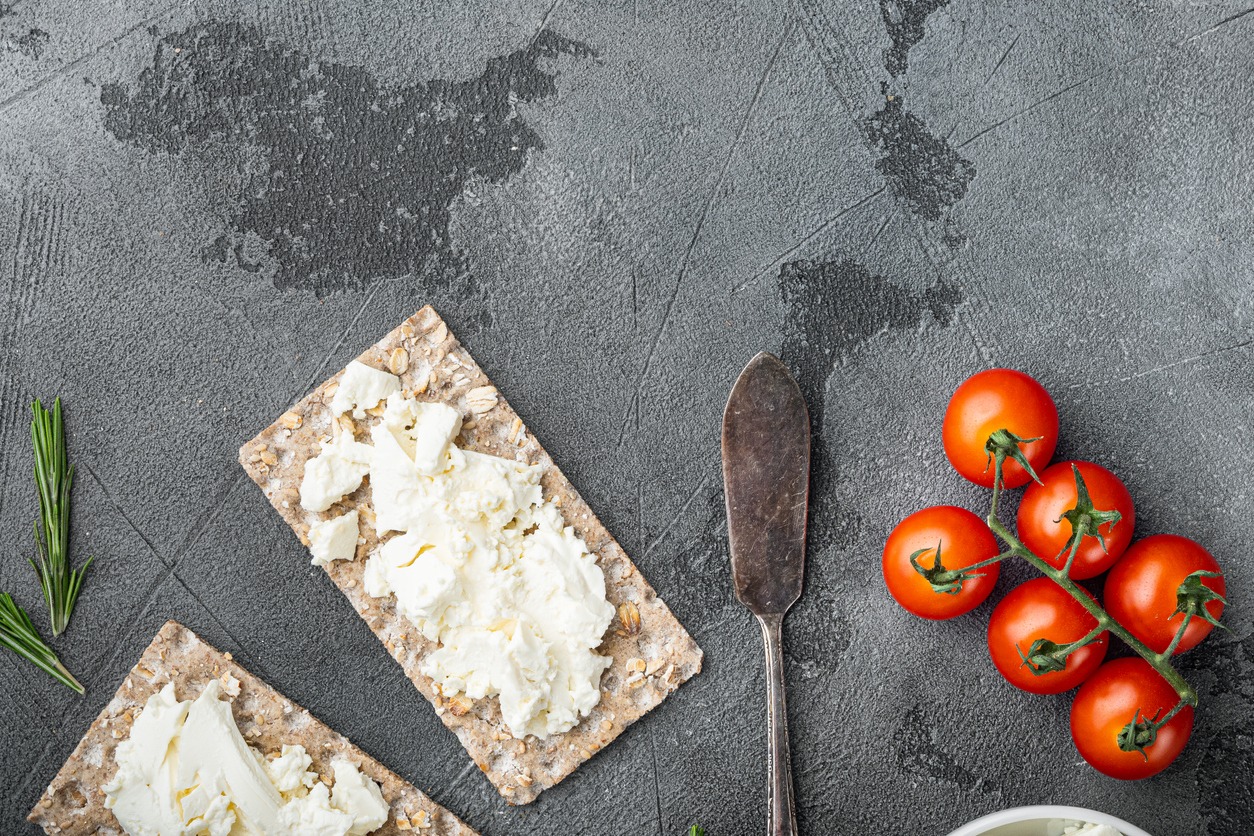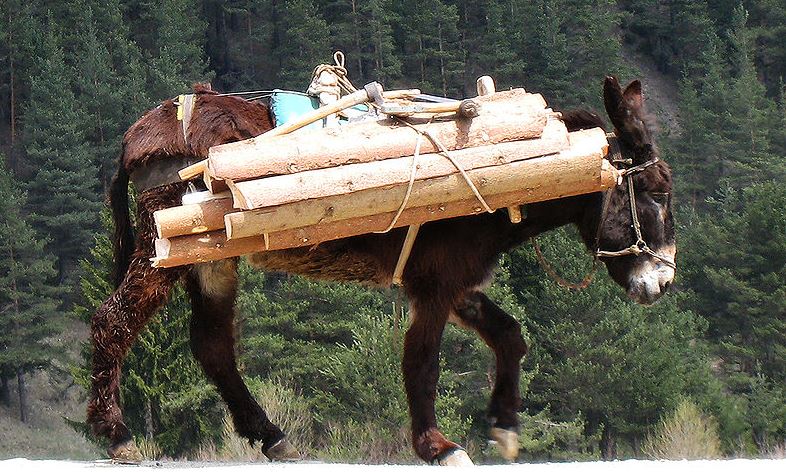Cheese is among the most popular foods, and cheese lovers appreciate the variety and health benefits. When it comes to purchasing cheese, as with most things, it’s all relative. Someone’s splurge is another person’s weeknight go-to. Similarly, what some shoppers consider a rarity may be commonplace elsewhere.
A trip to the cheesemonger will reveal many options made from goat, cow, and sheep’s milk. Those who want to taste the rarest and most pricey cheese will look for donkey milk. We present to you the most expensive and rarest cheese in the world— Pule.
What Is Pule or Donkey Cheese?
Pule is only produced in Serbia’s Zasavica Special Nature Reserve, located 30 miles outside of Belgrade. It is the world’s most expensive cheese, costing approximately $576 per pound, and its exorbitant price is made all the more jolting when you learn that it is made from donkey milk.
Donkey milk is extremely nutritious, but its production is prohibitively expensive. One kilogram of cheese requires approximately 25 liters, and each donkey usually produces only 200 milliliters each day. The donkeys must be milked three times a day by hand, using the same formula that has been in use since the 1700s.
Because they only produce a small amount of milk at a time, it is considered valuable. Donkey milk has about 60 times the vitamin C content of cow’s milk but only 1% of the fat. Pule has a soft crumbly texture and is well-known for its health benefits.
What Is the Taste of Pule Cheese?
The flavor of donkey cheese is pungent, spicy, and intense, combining the warmth of fresh milk, the freshness of aromatic herbs, and the salt of the Serbian land where the donkeys graze. Pule has a richer, deeper flavor than manchego cheese from Spain. Manchego is sold in European stores for a relatively low price of $20 per kg, making it a more affordable option.
How Much Does Donkey Cheese Cost?
In recent years, the price of pule cheese has ranged from $700-$1,700 per kilogram or $400-$900 per pound. One kilogram of donkey cheese costs approximately 1000 euros ($1328; £870). Among the primary reasons for the high price is the number of raw materials necessary to make cheese.
A kilogram of milk requires 25 to 30 liters of production. Donkeys, unlike goats and cows, produce very little milk. At the same time, they are exclusively milked by hand, which is an extremely time-consuming process that severely limits production volumes.
What Is the Reason for the High Price of Donkey Cheese?
Because of intolerance to cow protein, many people refuse to consume cow’s milk products. Donkey cheese is the new superfood, and it has several advantages: it contains 60 times more vitamin C than normal milk, calcium, protein, and omega-3 fatty acids.
As mentioned, it only contains 1% fat and is anti-allergenic. Furthermore, it is thought that even a small quantity of donkey cheese or milk daily can help fight bronchitis and asthma.
Slobodan Simic, the landlord of a donkey farm near Belgrade, is the world’s only producer of donkey cheese. His herd now has 300 heads and is milked three times a day.
One kilogram of cheese necessitates 25 liters of fresh donkey milk, and these animals produce significantly less milk than goats or cows. This is most likely why cheese is so expensive—$ 1,000 per kilogram.
It is impossible to make enough donkey cheese for a continuous commercial sale; it can only be purchased on an individual basis. Slobodan Simic, the world’s only cheesemaker who makes bullets, stated that he is attempting to finance the preservation of a rare species by selling this type of cheese.
They can’t always get milk from all 300 of their cows. A female donkey, like a cow, will only produce milk after having a baby. And each of them is pregnant for a year and two weeks.
Farmers must then wait three months after the baby has taken milk for himself before they can begin collecting their own to make cheese. A donkey produces less than one gallon of milk per day and requires 6.6 gallons of milk to generate one kilogram of cheese. That’s a lot less than a cow, producing up to 15 gallons of milk per day.
Each donkey has a six-month supply of milk. Then you’ll have to wait another year to get milk from the same donkey. Pule cheese is sold only on this farm and a few others with whom the reserve has a partnership, which adds to the final value.
The farm can produce 50 to 70 kilograms of cheese per year, but Slobodan only sells around a third of that. It’s not just due to Pule’s exorbitant price. Even if you wish to, you can’t legally purchase Pule cheese in some parts of the world.
Pule Cheese Benefits
Pule cheese has absorbed all of the properties of Balkan donkey milk, so it contains vitamins A, B, D, and E, a high concentration of fatty acids, and folic acid, which is essential for pregnant women. These vitamins help with vision, the nervous system, and hair structure.
Pule cheese is high in calcium and potassium. Pule consumption helps prevent the development of cardiovascular and other diseases, along with strengthening the teeth, skeletal system, and legs and improving the skin’s condition.
Donkey milk contains over 300 different substances beneficial to the human body, including high levels of calcium, antioxidants, omega-3 and omega-6 fatty acids, lipolytic enzymes, vitamins, and minerals.
Donkey milk contains antioxidants, which aid in the body’s ability to stay young and healthy. It also contains lipolytic enzymes, which aid in breaking down fat molecules in the digestive tract. As a result, donkey milk is recommended to complement any meal, as the food will be better absorbed and digested.
Donkey milk is thought to be more valuable and healthy than other types of milk. It has been used for food and cosmetic products since ancient times.
Women in ancient Rome, for example, washed with this milk in the belief that it would prolong their youth and preserve their beauty. Baths with donkey milk were said to be “rejuvenating.”
According to studies, the substances found in donkey milk induce the synthesis of collagen, known to be the skin’s structural foundation. Donkey milk is thus a sort of analog to the “elixir of youth.”




